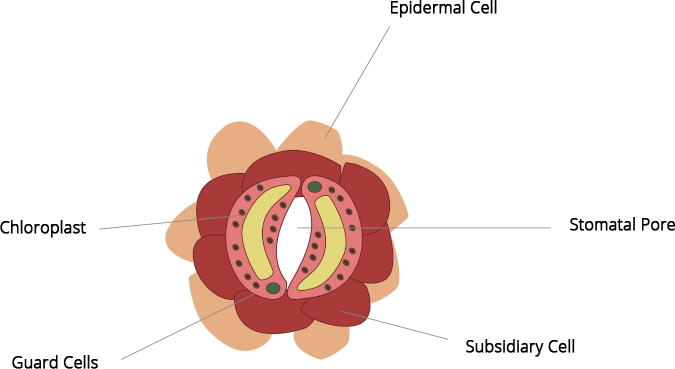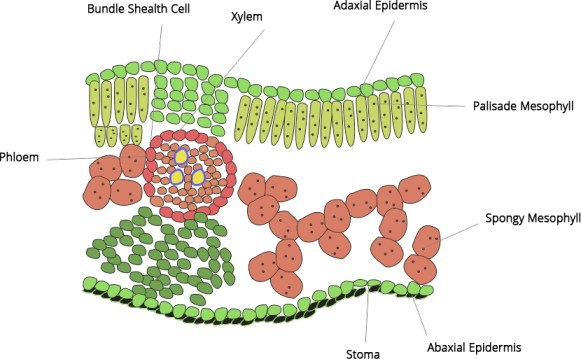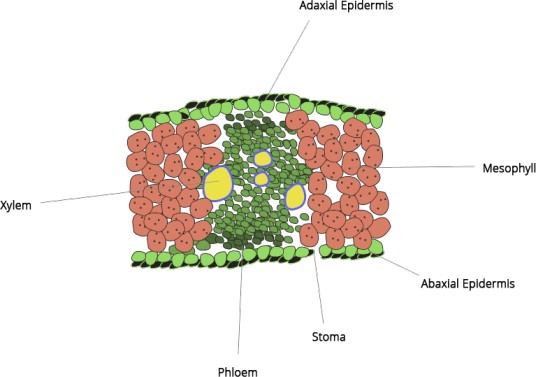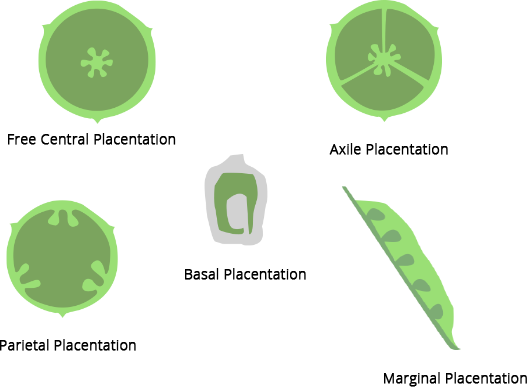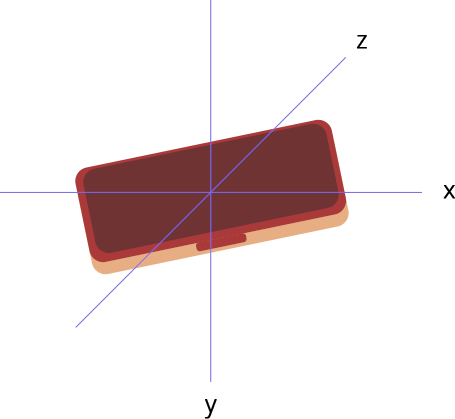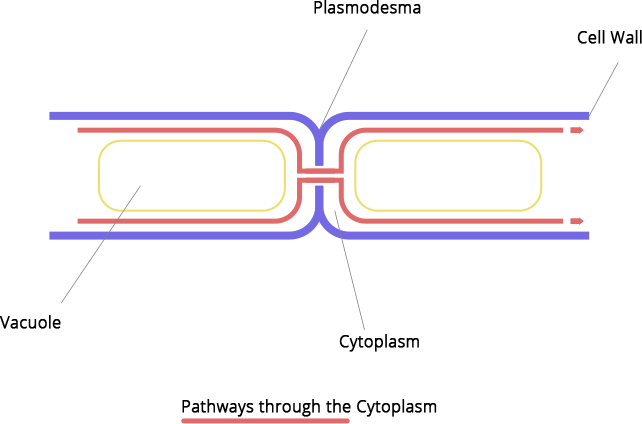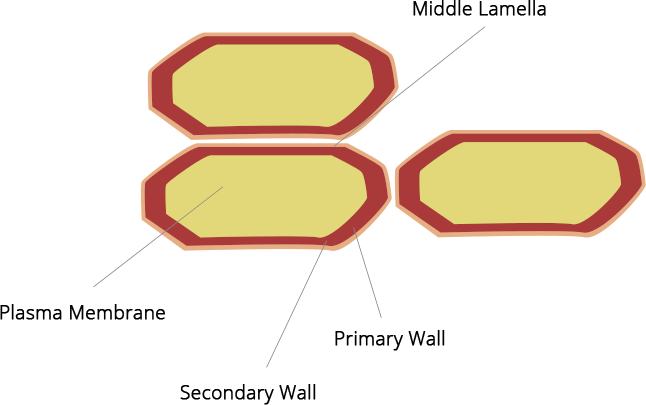NCERT Exemplar for Class 11 Biology - Anatomy of Flowering Plants - Free PDF Download
FAQs on NCERT Exemplar for Class 11 Biology Chapter-6 (Book Solutions)
1. Where can I find NCERT Exemplar for Class 11 Biology - Anatomy of Flowering Plants ?
You can find the download link of NCERT for Class 11 Chemistry – Anatomy of Flowering Plants by visiting CBSE Class 11 Biology Chapter 6 - Anatomy of Flowering Plants Revision Notes. The NCERT Class 11 Biology – Anatomy of Flowering Plants Exemplar for Class 11 chemistry biology, will have important concepts of Anatomy of Flowering Plants. The objective of the NCERT Exemplar for Class 11 Biology - Anatomy of Flowering Plants is to help you revise your previous knowledge, understanding of concepts and in preparation. In order to enhance your learning of Class 11 Biology we recommend you to solve sample problems of Anatomy of Flowering Plants, solve previous year question papers and solve the NCERT Model Paper for Class 11 Biology - Anatomy of Flowering Plants.
2. How do I study for NCERT?
NCERT - the CBSE books with more than 3,50,000 students' ratings of NCERT Biology books, from where you can choose any NCERT Books for Biology. Find it online or download it on mobile. You can even find a plethora of study material on Vedantu - which is all free and easy to access. All of these study materials supplement your preparation over and above covering the syllabus.
3. Why did NCERT Biology Books fail?
NCERT Biology books are widely used in Class 11 biology. However, after more than 4 decades of the CBSE syllabus, the biology books have failed and the NCERT books have proved to be the best books for Class 11 biology. NCERT Biology Books for Class 11 biology are used because the questions in NCERT books are more and more relevant to Class 11 biology.
4. How to best cover NCERT Biology Books?
NCERT Biology Books are one of the best books for Class 11. The NCERT books are highly useful for the students because they cover the topics in a very detailed manner and provide questions in every chapter. After you have studied NCERT Biology Books, you will feel that there is no point in listening to a lecture as it is so self-sufficient. It will not help you in the exam and will only take your time. This will save you a lot of time and energy. Now you will be able to concentrate on the books and the topics to prepare for NCERT Biology Books. In case you are studying NCERT Biology books, you should follow a systematic study plan which is detailed and practical. NCERT books for Class 11 biology should be studied in a specific sequence so that you get a proper idea of the important topics.
5. How to make the most of NCERT Biology Books?
NCERT biology books for Class 11 biology is the textbook that contains all the topics you should know. If you need NCERT Biology Books for Class 11 biology online, you can get them from our website as they are in the Hindi and English medium. You can download the books, copy and paste them into your computer to start studying and then use them offline. The main aim of NCERT biology books for Class 11 biology is to develop the students’ knowledge and also prepare them for NCERT Biology exams. NCERT biology books are highly useful and they will guide you throughout your studies. This is a comprehensive package and covers all the topics of Class 11 biology. You will be taught in the best possible manner, which will help you to prepare in the best possible way. The book includes important topics like evolution, reproduction, growth and development, human and wildlife. The book also contains questions and NCERT biology books for Class 11 biology.

























